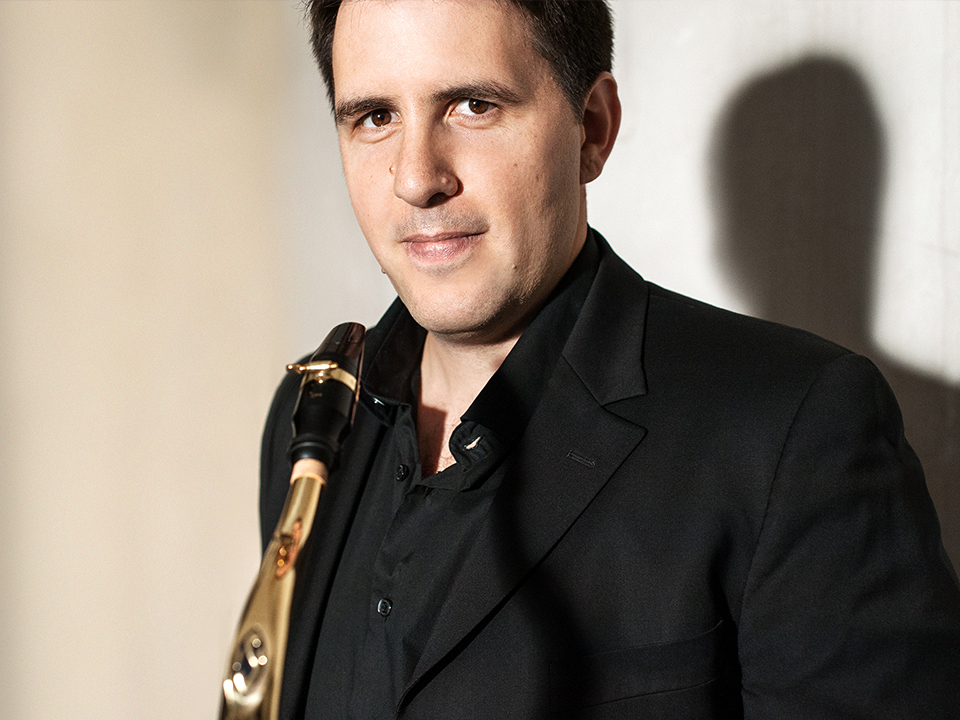Yitai is an art studio based in Guangzhou China, founded by Zexuan Huang and Clément Himbert. Trained in performing arts, dance and music as well as art research, we have twenty years of international experience with stage and numeric arts. Most of our projects are done with our Paris based partner BrainModular, lead by Olivier Sens.
As we started working in China in the 2010's, we met with Lighting Designer Mingshi and we expanded our activity from stage, installations and exhibitions to architecture and design. Today, as we maintain our activities as performers and educators, we increasingly work in the public space, partnering with Chinese artists, such as the emblematic He Jintang Architects or new generation's Zhang Zhoujie Digital Lab.
Our digital design approach is a transposition of our artistic trainings towards different vectors: whether it is of a musical work or enlithing architectural lines, interpretation remains a simlar act of transmission. Musicality of lights and visual impact of sounds complete each other, and lighting design is an art of space and time as is choreography.
Our digital toolset is based on BrainModular's Usine HH software engine. Developped on stage, Usine is designed with the reactivity, reliability and ergonomy of a musical instrument. We craft our functionnalities and user interface to meet the requirements and personnalities of every work and artist we encounter.
Real-time, interactivity, generative contents, original creations, these are our studio's key words. In order to test our visual and interactive works, to "rehearse" our designs and to communicate better with our partners and clients, we have been using 3D simulation tools as soon as we started lighting design. Building on that experience we embrace the "real time revolution" affecting all creative activities today and we develop an expertise in real time rendering systems such as the open source Unreal Engine. These tools, combined with our Usine Systems, enable us to produce high quality visualizations as well as realistic behaviors on a single platform, and share them through various formats allowing the required level of responsiveness and immersiveness. Whether it is about visualizing a product, testing an IoT ecosystem or simply share a visual render, we now propose audiovisual communication and real-time rendering as an independent service.
Today's creator's toolset's versatility erases boundaries between expression mediums or geographical constraints, allowing artists to see beyond technicalities and focus on sharing a vision.




